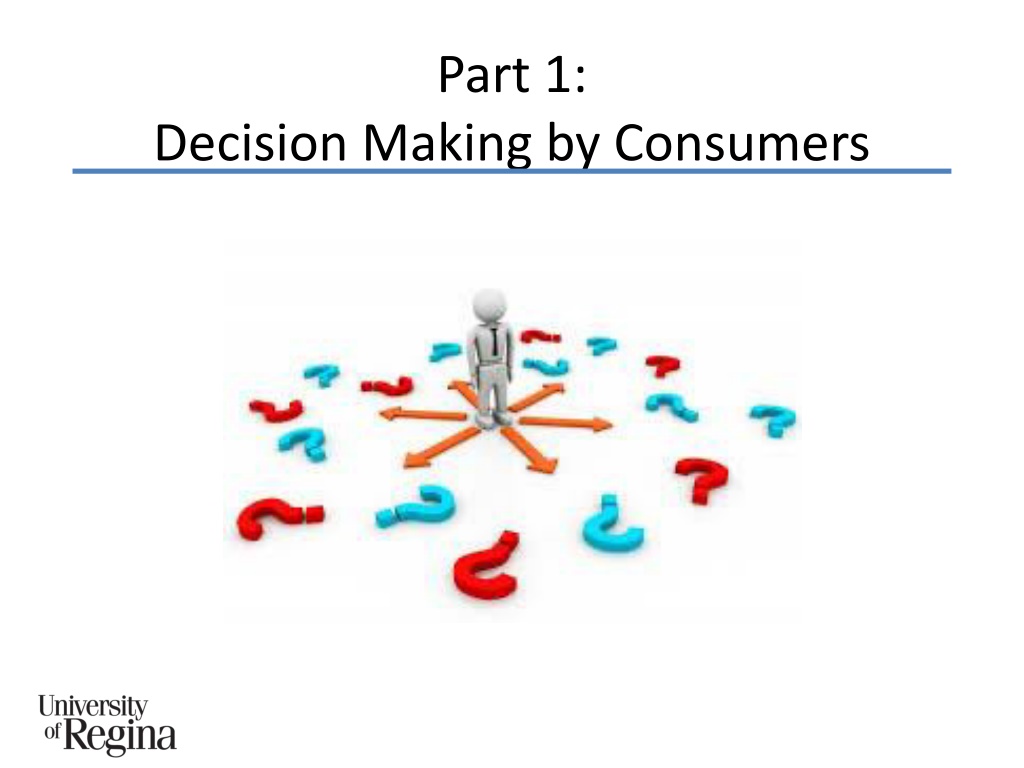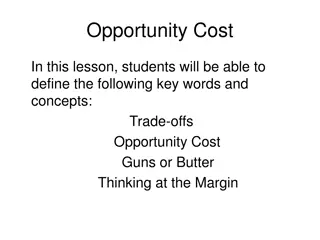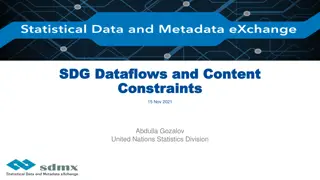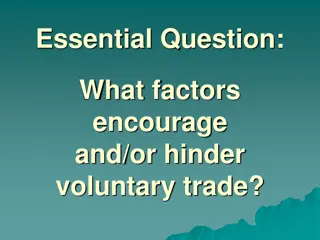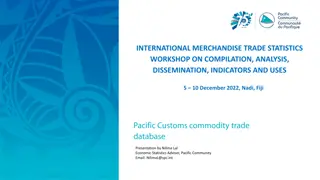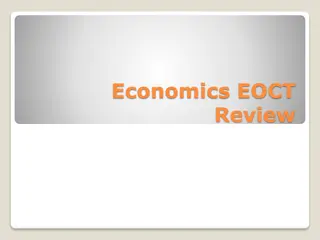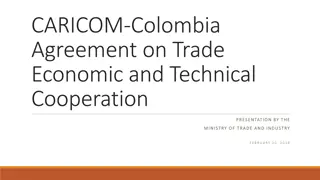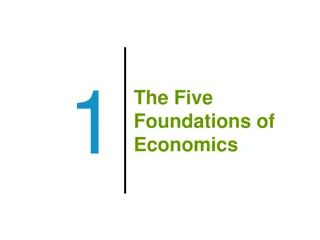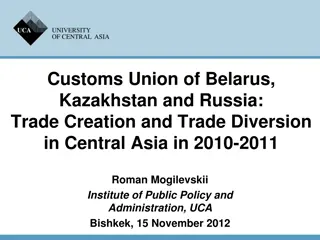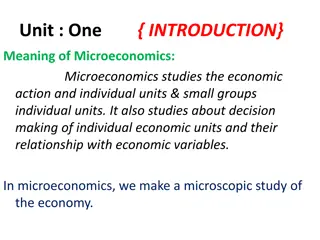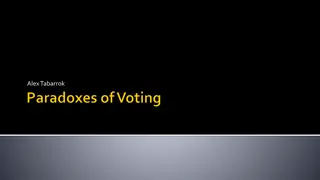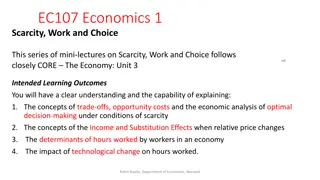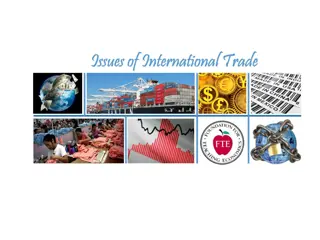Understanding Decision-Making in Economics: Trade-Offs and Constraints
Consumers make decisions daily, weighing trade-offs and constraints such as scarcity of resources and time. Recognizing the opportunity cost, unseen factors, and individual preferences play crucial roles in decision-making processes. Economics provides insights into how individuals allocate limited resources effectively.
Download Presentation

Please find below an Image/Link to download the presentation.
The content on the website is provided AS IS for your information and personal use only. It may not be sold, licensed, or shared on other websites without obtaining consent from the author. Download presentation by click this link. If you encounter any issues during the download, it is possible that the publisher has removed the file from their server.
E N D
Presentation Transcript
Part 1: Decision Making by Consumers
An Economics Perspective on Decisions As individuals, any time we make a decision, unconsciously in our minds, we make some type of a trade-off: - Should I take the bus or ride a bike? - Should I go to bed early or watch one more episode of my favourite show? - Should I go back to school or not? We typically make decisions about: - How to allocate our resources given their limitedness - How to allocate our time given its limitedness
Trade-offs and Constraints (1) When we make a decision/choice, we need to recognize what is being sacrificed to make this choice. Limits or constraints are ultimately reflected in making choices. In economics we say that when we make a choice, we need to recognize the opportunity cost of this choice. The opportunity cost of a choice is what must be sacrificed when a choice is made. That cost may be financial, it may be measured in time, or simply the alternative foregone.
Trade-offs and Constraints (2) When we make choices subject to constraints, it means we make decisions in the presence of scarcity Options: Sleep, work, study, food, shelter, transportation, entertainment, etc. Limitations: Time and income We cannot do all things all the time Many choices are routine and driven by necessity You have to eat, sleep and you need a place to live If you are a student - you need to study, if you have a job - you need to work
The Case of Distorted Decision-Making In making decisions, it is important to account not only for what is seen, but also what is unseen. For example, you are deciding to go to the movies: What is seen in this decisions? Expenses you will incur for buying a movie ticket/popcorn, etc The time you commit to this choice of leisure Anything else? What is unseen in this decision? The risk of getting into a car accident when driving to/from movies The risk of catching a virus at a movie theatre Anything else?
More on Decisions Consider a simple example: o You love chocolate and your favourite chocolate candy is Lindt s chocolate truffles o You devour the first three truffles o Would you like a 4thtruffle? Maybe yes o The question is how will you feel after eating the 4thone. Will you feel just like you felt after the first one or different?
More on Decisions Should I eat another truffle, should I drink another glass of wine, should I watch another episode? What is in common about these decisions? These are all decisions on the margin
Total Utility Each time you eat a truffle your satisfaction increases. At first, your satisfaction rises steadily because you are hungry for the truffles. As you eat more, your total utility continues to rise, but at a slower pace. It plateaus when you reach full satisfaction you are no longer hungry for the truffles.
Marginal Utility What is marginal utility? Marginal utility is the satisfaction an individual obtains from one more unit of good or service that an individual consumes. If I eat one more truffle, what does this mean for my satisfaction from only this one truffle?
Diminishing Marginal Utility Diminishing marginal utility implies that the addition to total utility from each extra unit of a good or service consumed is declining. The concept of diminishing marginal utility is essential when implementing government policies. Why do you think that is?
Textbook Example: Jazz and Skiing The example of chocolate truffles focuses only on one good. Review the textbook example where Neal derives utility from jazz and skiing for additional context (pgs. 126-130)
Learning Outcomes Opportunity cost Scarcity Decisions at the margin: diminishing marginal utility
